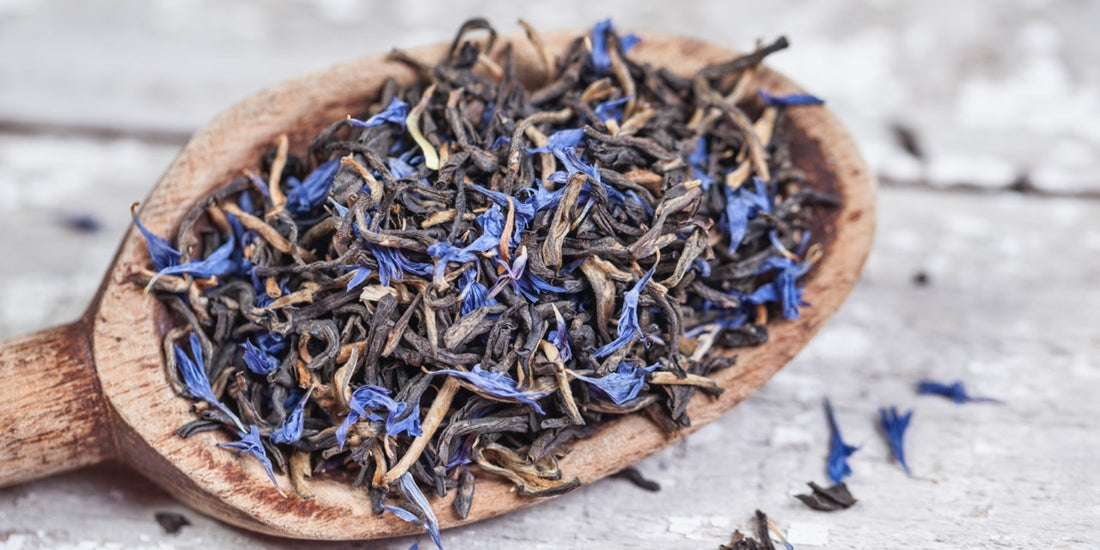For those who cherish a good cup of tea, the name "Earl Grey" resonates with a sense of sophistication and timeless elegance. But what makes this tea stand out in a world of countless tea varieties? Let's delve into the nuances of Earl Grey and answer some of the most frequently asked questions about this iconic brew.
The Unique Allure of Earl Grey Tea
Earl Grey tea is not just another tea; it's a blend steeped in history and flavour. Originating from the 19th-century tales of British Prime Minister Charles Grey, its signature component is the bergamot orange essence. This citrusy touch, combined with robust black tea, gives Earl Grey its distinctive taste and aroma, setting it apart from other teas.
The Flavor Profile of Earl Grey
How does Earl Grey taste? Imagine a robust black tea base complemented by the fragrant, slightly tangy notes of bergamot. This combination creates a balanced cup with depth, zest, and a hint of mystery, making it a favourite for many tea enthusiasts worldwide.
Milk in Earl Grey: Yay or Nay?
While traditionalists might prefer their Earl Grey pure to savour its citrusy notes, many enjoy it with a splash of milk. Adding milk can soften the bergamot's sharpness and provide a creamier texture. It's all about personal preference!
Night-time Sipping: Is Earl Grey a Good Choice?
Earl Grey does contain caffeine, as it's primarily made from black tea. While its caffeine content is less than coffee, it might still keep some individuals awake if consumed late at night. If you're sensitive to caffeine, enjoying your Earl Grey earlier in the day is advisable.
Health Benefits: Earl Grey vs. Regular Tea
All teas, including Earl Grey, offer a range of health benefits. Earl Grey's unique edge comes from bergamot, which contains antioxidants and has potential mood-enhancing properties. However, it's essential to note that "normal tea" can encompass various types, each with its health benefits.
Earl Grey vs. Black Tea: Which is Healthier?
Earl Grey is essentially a flavoured black tea. The primary difference is the addition of bergamot oil. Both share similar health benefits, such as being rich in antioxidants. However, the bergamot in Earl Grey might offer additional health advantages, though more research is needed in this area.
Caffeine Content in Earl Grey
Is Earl Grey tea high in caffeine? Compared to coffee, no, but it does contain a moderate amount. An 8 oz (240 ml) cup of Earl Grey typically has between 30 to 60 mg of caffeine, depending on the brewing time and tea quality.
In Conclusion...
Earl Grey is more than just a tea; it's an experience. From its rich history to its unique flavour profile and health benefits, it's no wonder this tea has captured the hearts of many. Whether you're a purist or like to experiment with additions like milk, Earl Grey always promises a delightful cup. So, the next time you brew a pot, take a moment to savour its legacy and flavour. Cheers to the timeless charm of Earl Grey! 🍵🌎🥂


